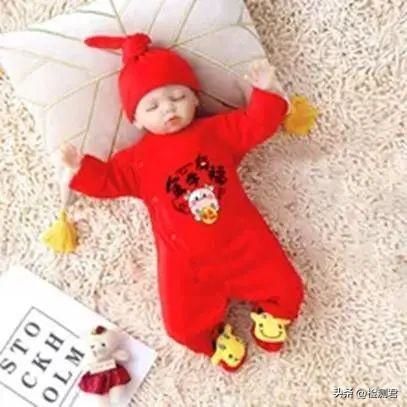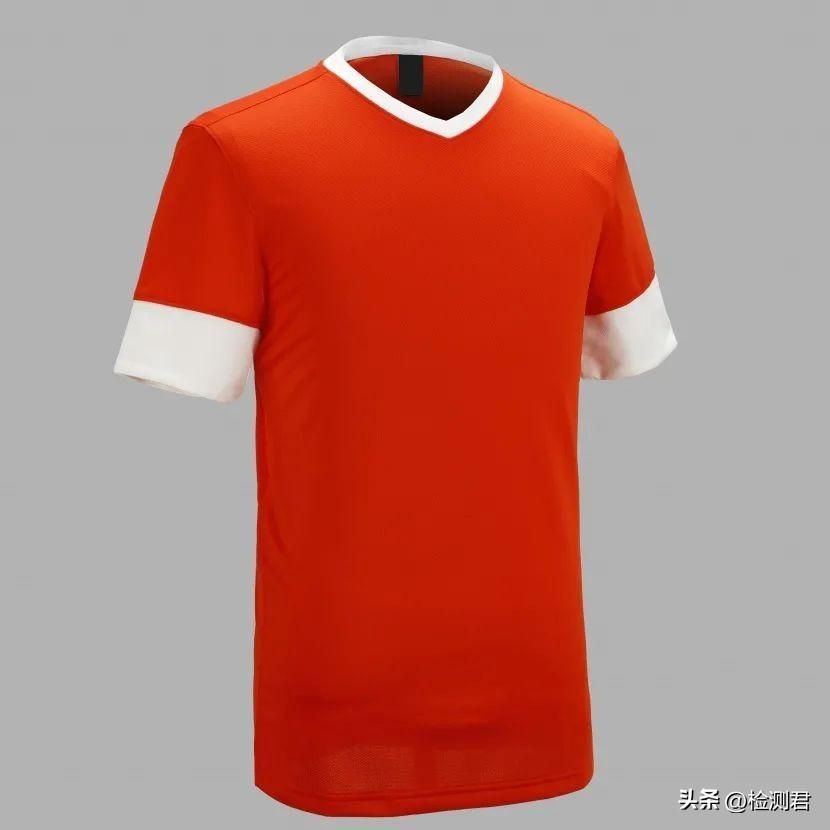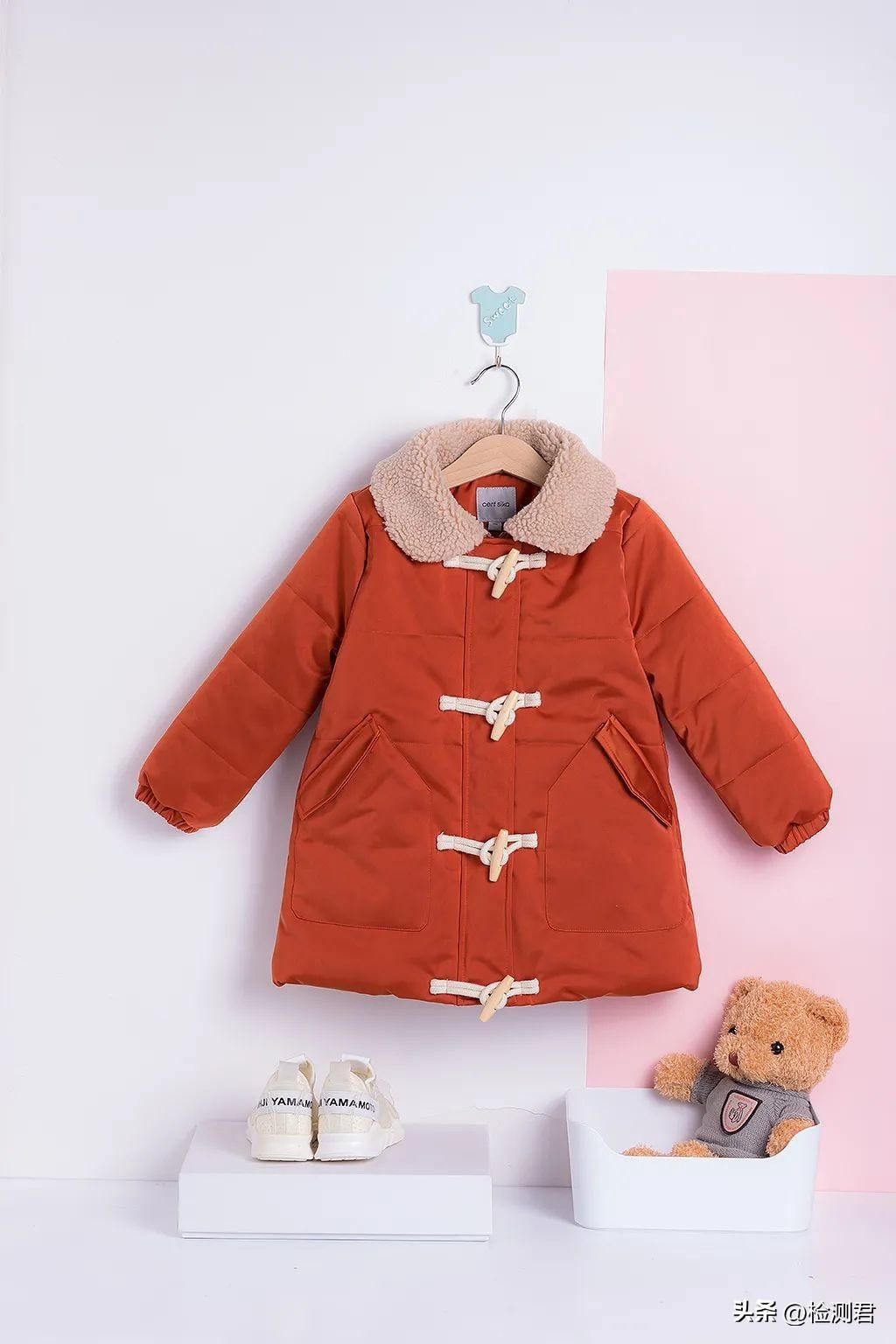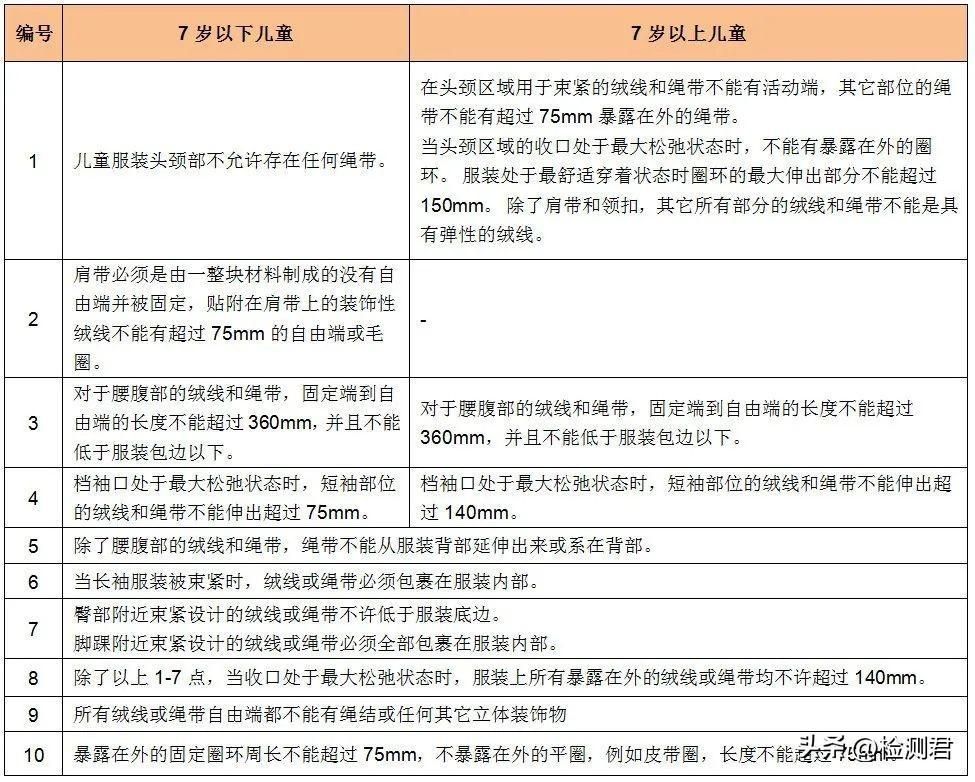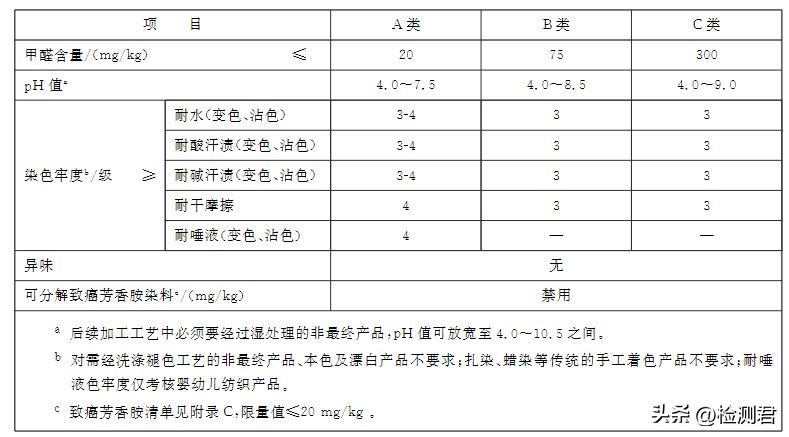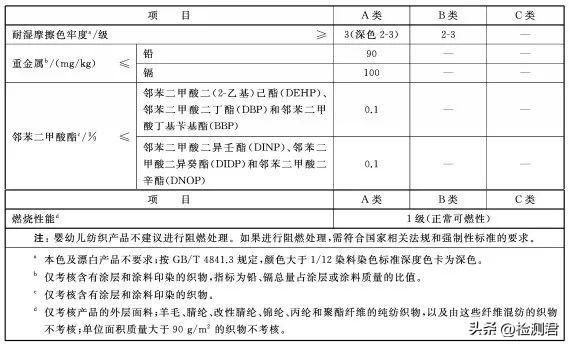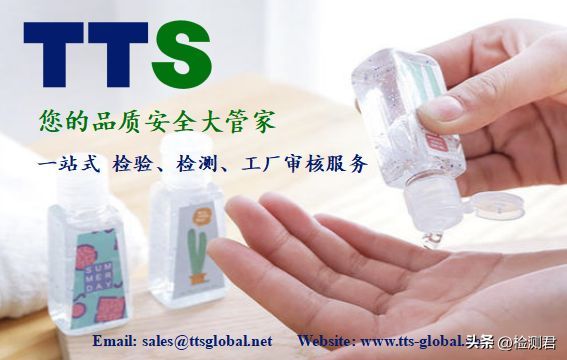Concept classification
Textile products refer to products made from natural fibers and chemical fibers as the main raw materials, through spinning, weaving, dyeing and other processing processes, or through sewing, compounding and other processes. There are three main types by end use
(1) Textile products for infants and young children
Textile products worn or used by infants and young children aged 36 months and younger. In addition, products generally suitable for infants with a height of 100cm and below can be used as infant textile products.
(2) Textile products that come into direct contact with the skin
Textile products in which most of the product area is in direct contact with human skin when worn or used.
(3) Textile products that do not directly contact the skin
Textile products that directly contact the skin are textile products that do not directly contact human skin when worn or used, or only a small area of the textile product directly contacts human skin.
Common Textile Products
Inspection and Regulatory Requirements
The inspection of imported textile products mainly includes safety, hygiene, health and other items, mainly based on the following standards:
1 “National Basic Safety Technical Specification for Textile Products” (GB 18401-2010);
2 “Technical Specification for Safety of Textile Products for Infants and Children” (GB 31701-2015);
3 “Instructions for Use of Consumer Goods Part 4: Instructions for Use of Textiles and Clothing” (GB/T 5296.4-2012), etc.
The following takes infant textile products as an example to introduce the key inspection items:
(1) Attachment requirements Textile products for infants and young children should not use accessories of ≤3mm. The tensile strength requirements of various accessories that may be grabbed and bitten by infants and young children are as follows:
(2) Sharp points, sharp edges Accessories used in textile products for infants and children should not have accessible sharp tips and sharp edges.
(3) Requirements for rope belts The rope requirements for infant and children’s clothing shall meet the requirements of the following table:
(4) Filling requirements Fiber and down and feather fillers shall meet the requirements of the corresponding safety technology categories in GB 18401, and down and feather fillers shall meet the requirements of microbial technical indicators in GB/T 17685. Safety technical requirements for other fillers shall be implemented in accordance with relevant national regulations and mandatory standards.
(5) The durable label sewn on the body-wearable infant clothing shall be placed in a position not in direct contact with the skin.
“Three” laboratory testing
Laboratory testing of imported textile products mainly includes the following items:
(1) Safety technical indicators formaldehyde content, pH value, color fastness grade, odor, and content of decomposable aromatic amine dyes. The specific requirements are shown in the following table:
Among them, textile products for infants and young children should meet the requirements of Category A; products that directly contact the skin should at least meet the requirements of Category B; products that do not directly contact the skin should meet the requirements of Category C at least. The color fastness to perspiration is not tested for hanging decorative products such as curtains. In addition, textile products for infants and young children must be marked with the words “products for infants and young children” on the instructions for use, and products are marked with one category per piece.
(2) Instructions and Durability Labels Fiber content, instructions for use, etc. should be attached to obvious or appropriate parts on the product or packaging, and the national standard Chinese characters should be used; the durability label should be permanently attached to the appropriate position of the product within the service life of the product .
“Four” Common Unqualified Items and Risks
(1) Instructions and durable labels are unqualified. Instruction labels not used in Chinese, as well as manufacturer’s name address, product name, specification, model, fiber content, maintenance method, implementation standard, safety category, use and storage precautions are missing or marked Specifications, it is easy to cause consumers to use and maintain incorrectly.
(2) Infant and young children’s textile product accessories unqualified Infant and young children’s clothing with unqualified tensile strength of accessories, the small parts on the clothing are easily picked up by children and eaten by mistake, which may lead to the risk of suffocation for children.
(3) Unqualified textile products for infants and young children Unqualified textile products with unqualified ropes can easily cause children to suffocate, or cause danger by hooking on other objects.
(4) Textiles with harmful substances and unqualified azo dyes in color fastness exceeding the standard will cause lesions or even cancer through aggregation and diffusion. Textiles with high or low pH values may cause skin allergies, itching, redness and other reactions, and even cause irritant dermatitis and contact dermatitis. For textiles with substandard color fastness, the dyes are easily transferred to human skin, causing health hazards.
(5) Disposal of Unqualified If the customs inspection finds that items involving safety, sanitation and environmental protection are unqualified and cannot be rectified, it will issue a Notice of Inspection and Quarantine Disposal in accordance with the law, and order the consignee to destroy or return the shipment. If other items are unqualified, they need to be rectified under the supervision of the customs, and can only be sold or used after re-inspection.
- – - E N D – - -The above content is for reference only, please indicate the source “12360 Customs Hotline” for reprint
Post time: Nov-07-2022






